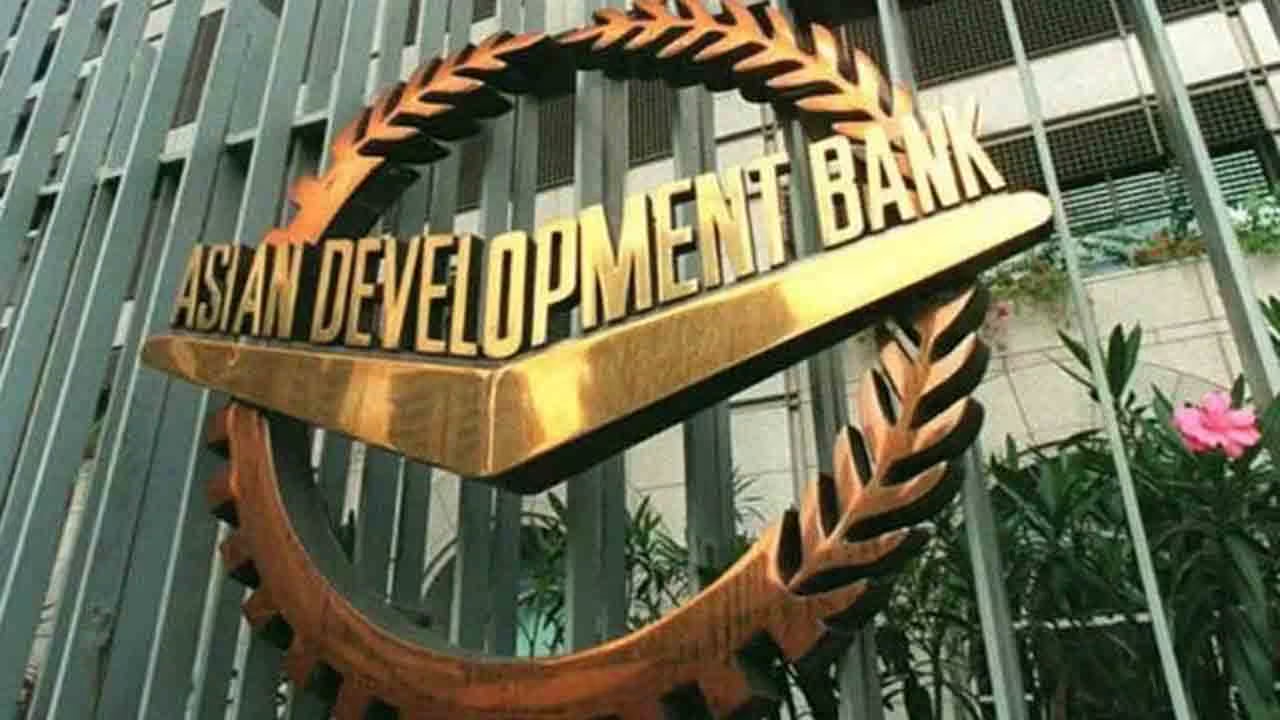The Asian Development Bank (ADB) has released an optimistic yet cautious economic outlook for Pakistan, predicting modest growth over the next two fiscal years. According to the report, Pakistan’s economic growth rate is expected to reach 2.4% in the fiscal year 2024 and improve slightly to 2.8% in the fiscal year 2025. However, the continuation of this growth trajectory will largely depend on the country’s commitment to adhering to policy reforms, reducing government expenditure, and fostering private-sector growth.
Growth Forecast: Gradual Recovery on the Horizon
Pakistan has been grappling with a challenging economic environment, marred by high inflation, external debt, and political instability. The ADB’s report highlights that despite these challenges, there are signs of recovery if key economic reforms continue to be implemented. The projected growth of 2.4% for FY 2024 is modest but shows signs of stabilization. It is expected to gain momentum in FY 2025 with a growth rate of 2.8%.
This recovery, however, is contingent upon several factors. The ADB stresses that the continuation of structural reforms will be key to unlocking the country’s growth potential. Policies that encourage fiscal discipline, improve governance, and address the inefficiencies in the public sector must remain in place to ensure that Pakistan stays on the path to economic recovery.
Structural Reforms and Fiscal Management
One of the key takeaways from the ADB report is the emphasis on reducing government expenditure and promoting private-sector involvement in the economy. The government of Pakistan has been advised to focus on fiscal discipline by cutting unnecessary expenditures and allocating resources efficiently. This, along with fostering a conducive environment for private businesses, is essential for sustainable economic growth.
ADB also underscores the importance of reforming state-owned enterprises, reducing the budget deficit, and improving tax collection mechanisms. These reforms would not only reduce the financial burden on the government but also allow for a more dynamic economy driven by the private sector.
Inflation Trends: A Gradual Decline Expected
The ADB report also provides some optimism in terms of inflation trends. Pakistan has been struggling with persistently high inflation in recent years, a problem exacerbated by fluctuating fuel prices, currency depreciation, and external factors like the Russia-Ukraine conflict. In the first half of FY 2024, inflation remained high, putting pressure on households and businesses alike.
However, according to ADB, there is a silver lining. Inflation in Pakistan is expected to decline in the second half of FY 2024 due to various factors such as the stabilization of interest rates and a more stable exchange rate. The report suggests that inflationary pressures may ease further in FY 2025, with the inflation rate expected to drop by 15% by the end of the fiscal year.
Monetary Policy and Interest Rates
ADB’s outlook also reflects on the central bank’s role in controlling inflation through its monetary policy. The report notes that Pakistan’s central bank has been working toward stabilizing interest rates, which could lead to a more balanced inflation trajectory in the near future. A stable exchange rate and manageable interest rates will also play a crucial role in taming inflation and improving the overall economic outlook.
External Factors and Economic Stability
While the outlook report paints a cautiously optimistic picture for Pakistan, it is important to note that external factors such as global economic trends, fuel prices, and geopolitical tensions will continue to have a significant impact on the country’s economic performance. Pakistan’s dependence on imports and external debt also makes it vulnerable to external shocks, which can derail the recovery process.
ADB warns that without a focus on economic diversification and self-reliance, Pakistan will remain susceptible to these external factors. The government’s role in fostering a more robust domestic economy, particularly in sectors such as agriculture, manufacturing, and services, will be crucial for long-term stability.
Path to Gradual Recovery
The Asian Development Bank’s economic outlook for Pakistan offers a cautiously optimistic view of the country’s future, predicting a gradual recovery in the form of 2.4% growth in FY 2024 and 2.8% in FY 2025. However, this recovery is contingent upon the continuation of policy reforms, reduction in government expenditure, and promotion of private-sector growth. Additionally, inflation is expected to decline, with a projected 15% decrease by FY 2025, provided that the country maintains stable interest and exchange rates.
While challenges remain, particularly in terms of external vulnerabilities and inflationary pressures, the ADB’s report suggests that with the right reforms, Pakistan can achieve a more stable and sustainable economic future.



